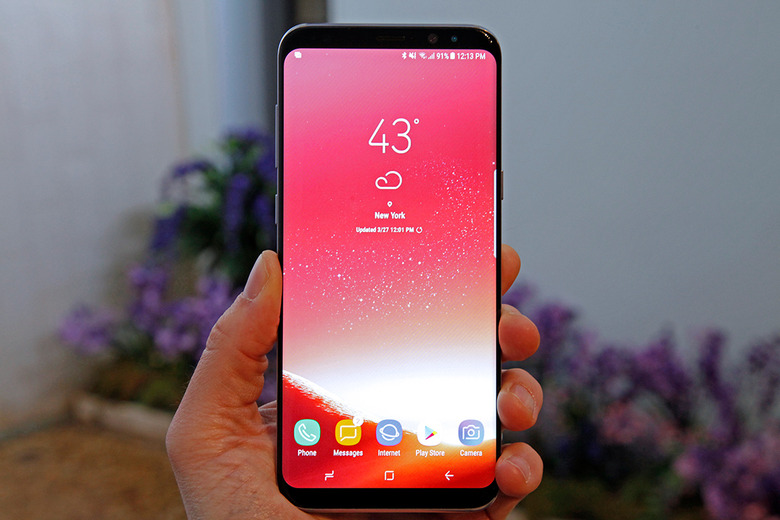Lawsuit Alleges Samsung Met With A Startup And Then Stole Its Wireless Charging Tech
A new lawsuit alleges that the wireless technology used on a range of Samsung smartphones is based on proprietary technology that was essentially stolen from a company called NuCurrent. In a lawsuit filed last month, the Chicago-based NuCurrent claims that the company in 2015 was asked to present Samsung engineers and executives with an overview of its wireless charging tech for consideration in upcoming Samsung smartphones.
In the course of its presentation, NuCurrent shared a number of solutions and patented designs for improving wireless charging performance on the Galaxy S6. The entire presentation was subject to an NDA, but NuCurrent alleges that Samsung, rather than striking a deal with NuCurrent, decided to simply steal and implement NuCurrent's technology and designs unilaterally.
The suit — which can be read in full over here — reads in part:
Rather than working together to incorporate NuCurrent's technology into Samsung's devices, Samsung instead took NuCurrent's intellectual property—without giving notice or gaining permission—and implemented it in Samsung's new smartphones, including the Galaxy S7 and S8. Samsung's calculated misappropriation of NuCurrent's technology cemented Samsung's first-mover advantage in the race to offer quality wireless smartphone charging.
The suit further details how NuCurrent, in an effort to showcase its technology, provided Samsung with two sample wireless power coils that outperformed Samsung's own design. NuCurrent allowed Samsung engineers to inspect their proprietary design and provided Samsung engineers and executives with further information about the design of the coils and why the "sample coils outperformed Samsung's."
Over the next few months, Samsung and NuCurrent continued to exchange information, with the suit noting that "Samsung began to routinely call upon NuCurrent for its expertise in wireless power and to provide new samples to Samsung under the confidentiality agreement." By early 2016, Samsung's CTO even traveled to NuCurrent's offices in Chicago to meet with company representatives.
Eventually, NuCurrent began to suspect that Samsung was not interested in a formal deal with them.
By spring of 2016, NuCurrent began to question whether the relationship would materialize into a commercial application. NuCurrent had contributed significant time and resources to the projects under the confidentiality agreement, but saw only marginal progress in its dealings with Samsung. In May of 2016, NuCurrent accepted Samsung's invitation to speak at a Samsung conference in Mountain View, California, but frustrated by what it perceived as a lack of commitment and investment in the project by Samsung, NuCurrent reminded Samsung representatives that no commercial progress had been made.
Samsung representatives appeared to dismiss NuCurrent's concerns and continued trickling small design projects to NuCurrent, leaving NuCurrent to suspect that Samsung had selected a different antenna design partner altogether, or alternatively, that Samsung had simply elected to continue developing its own wireless charging antenna designs in-house. Neither were the case.
Unbeknownst to NuCurrent, Samsung had already implemented NuCurrent's technology into Samsung's product offerings. By summer 2016, Samsung had sold millions of infringing products using NuCurrent's patented and trade secret. And Samsung had done so surreptitiously, without notice to, or authorization from NuCurrent.
In short, NuCurrent maintains that Samsung only pretended to be interested in their technology as a means to misappropriate their intellectual property.
NuCurrent's suit seeks an injunction against the Galaxy S7 and Galaxy S8 along with damages and attorney's fees.
